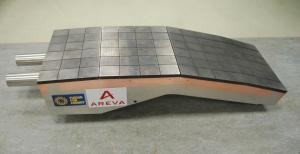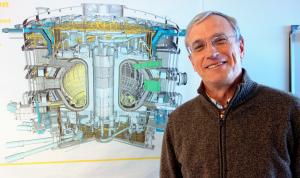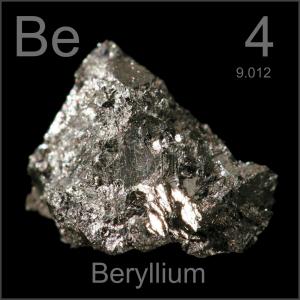As Chairman of the recently established ITER Beryllium Management Committee, can you tell us more about its scope and responsibilities?
The key objective of the committee is to ensure the sound establishment of a beryllium safety program at the ITER Organization in order to deliver the safe working environment demanded by all stakeholders. Representatives from a wide array of ITER units are participating (Legal Affairs, Health & Safety, Operation Management, Assembly, Human Resources, Radiological Monitoring, Buildings), as well as technical responsible officers and the Domestic Agencies that are involved in the procurement of beryllium components.
As part of the initial effort, the committee is establishing a full suite of documents to describe how beryllium will be handled safely at ITER, including a communication statement for the general public, a policy for the management of beryllium, legal requirements, a beryllium management program (or code of practice), and a medical monitoring and surveillance program.
The work requires interacting with colleagues from the areas of Buildings and Safety to better understand the space requirements required for the storage or the inspection testing of beryllium-bearing components, the building schedule and the associated regulations to help the project make informed decisions on how best to proceed. A mechanism is also under development to identify all the staff positions that will be involved in the management of beryllium components and the specific needs for training or medical surveillance.
These actions will take some time to be completed. In the meantime, we are developing an interim set of guidelines for staff members presently visiting facilities where beryllium components are manufactured or handled.
Which components of the ITER machine will contain beryllium and what are the particularities of this chemical element?
The blanket is the component that will make the most use of beryllium due to the compatibility of this element with the plasma as well as its good thermal and mechanical properties. The 440 first wall panels will be covered with 8-10 mm of beryllium armour, for a total of approximately 12 tonnes of beryllium distributed over a surface area of about 700 m2.
Other ITER components will also employ beryllium, albeit on a much lower scale. For example, the Faraday screens of the ion cyclotron heating and current drive system use about 40 kg of beryllium; diagnostics will need a small amount of beryllium for windows and first-wall samples; and the Test Blanket Modules use about 100-200 kg of beryllium inside the modules to act as a neutron multiplier in order to enhance the tritium breeding in the test module. Beryllium oxide is also used as insulation in some components.




